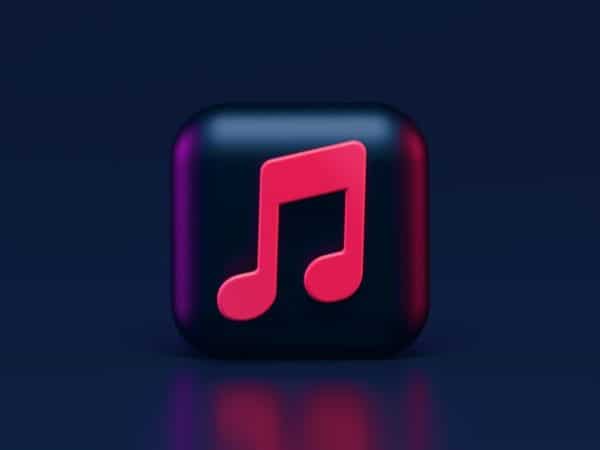
The choice of music has long been controlled by recommendation systems in apps. They are constantly learning from the user’s actions: what he listens to and at what moment of the day, what songs he skips, what he is looking for. The platforms try to accurately guess the listener’s taste and offer him something appropriate.
This doesn’t always work, especially at first. Here are a few tips to help make the work of music services as easy as playing at an online casino: what settings to turn on, what features to pay attention to, why third-party utilities are needed.
Don’t Skip the Initial Setup
Almost all streaming services try to learn more about the user after registration. For example, music platforms ask for a few favorite artists and genres to start with.
It’s common to skip this setting, but it’s better to take a few minutes and share your interests with the system. If you’ve passed too – there’s usually an option to go back and refine your preferences. Specify as many musicians as possible. On many platforms, the list adds to the list as you choose.
Users that the recommendation system knows nothing about are called cold. In such cases, services include them with the most popular content in the region. One day the recommendations will still get it right, but it will take longer to wade through the “average taste.”
Show What You Like or Dislike
The like button is the most obvious way to let recommendations know your preferences. The more often you rate content, the faster algorithms learn. It seems obvious, but only a small percentage of users rate it.
After signing up, go through your favorite songs and albums and give them likes. You can also listen to tracks, not necessarily the whole thing: Spotify and Apple Music, for example, count listening after 30 seconds. This will speed up the appearance of some personalized playlists.
Enjoy Built-in Features
Personalized playlists appear in the first weeks of using the app, when a “first impression” has been made of you.
All services have their own playlists, but their principle is about the same: there is a selection with novelties, with familiar tracks “for every day”, as well as thematic and unusual recommendations. It’s best not to miss the weekly “flagship” playlists. It’s much easier to navigate this way than to search for music yourself.
“Radio.” Almost all apps have this feature, and it may have a slightly different name. It builds recommendations based on a particular artist, playlist, album, or even a single song. This is a great way to train algorithms: you literally tell the system that you want more music like this.
Other features unique to each service also have a big impact on recommendations. Considering that the music library of platforms is usually plus or minus the same, it’s by these that you can choose your favorite app.
Perform a “Cleanup” if You Didn’t Use the App
A familiar story: your phone was chosen to play music at a party, and now the service offers you whatever you want. Or the phone was taken by your children. Algorithms are sensitive to changes in music habits and immediately try to adjust to new requests.
Unfortunately, it’s usually impossible to “clean up” the history of requests in music apps, as it’s on YouTube. But there are still ways to show the recommendation system that you don’t like even a few tracks you’ve listened to.
Pay Attention to Third-party Services
Sometimes all of the built-in features of applications are not enough anyway. Then enthusiasts start “tweaking” the services themselves – with the help of utilities, extensions, and useful sites. This greatly expands the tools for finding new music, but it is better to check third-party sites and not give them too much personal data.
Get out of the Bubble of Your Favorite Music
One of the main problems with streaming services is that at some point they can “lock” you inside the same recommendations. The system has learned what you like best and doesn’t want to take any more chances. This makes it harder to find new music.
Recently, services have been increasingly looking for a solution to this problem. Resetting all recommendations and starting a new profile is the most obvious, but also the most radical solution. That’s why platforms offer softer ways.
 Gearfuse Technology, Science, Culture & More
Gearfuse Technology, Science, Culture & More


